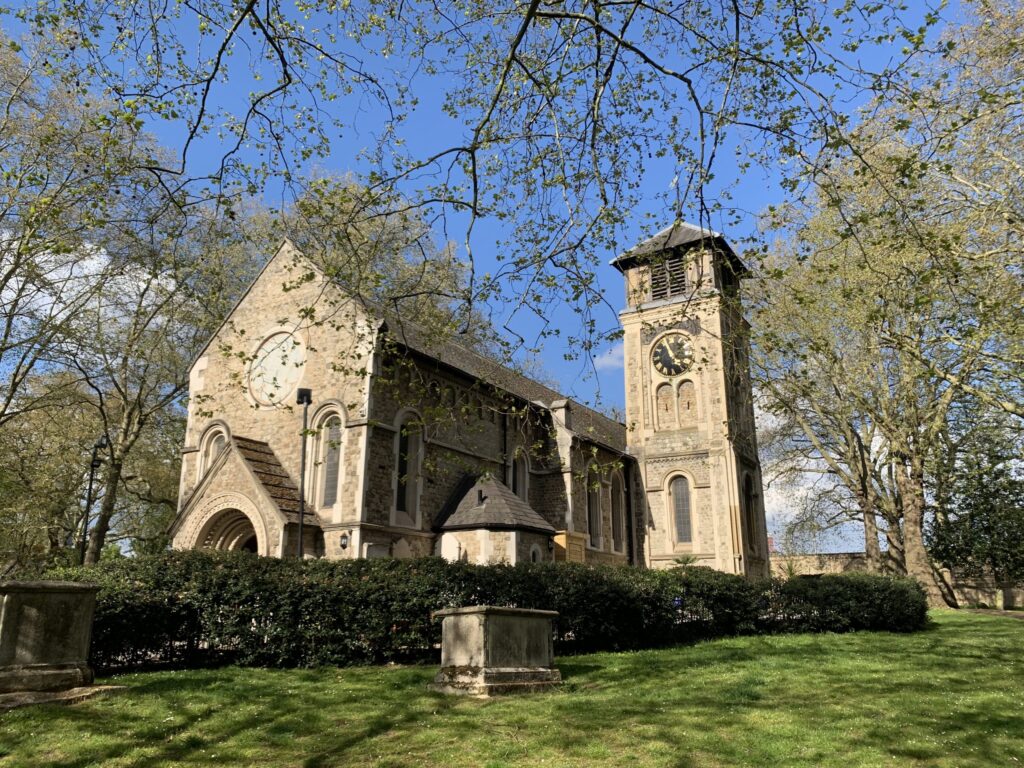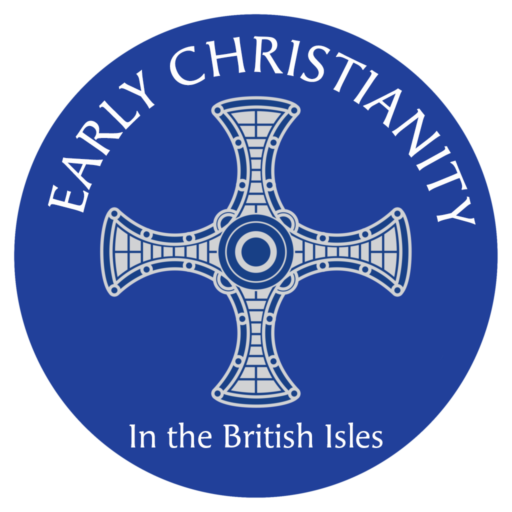Old St Pancras Church

St Pancras has the reputation of being at least the site of the oldest place of Christian worship in Britain perhaps dating even to 313 AD. What is clear is that an ancient Church was established here, quite probably by the Augustinian mission in the late 6th century. Within the church, set into the wooden communion table, is a 6th century altar slab that was hidden in the church together with the communion vessels during the period in which Cromwell’s soldiers took over the building as a barracks.
There are fragments of the Norman church still visible, and some medieval work, but much of the church now represents the Victorian restoration of what had already been a ruined chapel, replaced by New St Pancras Church in 1822.
One of the most important features of Old St Pancras Church is the early altar stone, a rare and significant relic. This stone is believed to be a remnant from the church’s earliest days, possibly dating back to the Romano-British period. The altar stone has a simple, unadorned appearance, reflecting its ancient origin and the early Christian practices in Britain. Its survival through centuries of change is remarkable, offering a tangible link to the church’s early Christian heritage. This altar stone is located near the church’s chancel and remains a focal point for visitors interested in early Christian artifacts.
Another key attraction is the churchyard, which has a fascinating history of its own. The churchyard contains the tombs of notable figures, including the renowned Romantic poets John Keats and Mary Wollstonecraft, a pioneer of women’s rights. There is also the famous Hardy Tree, surrounded by gravestones repositioned by Thomas Hardy when the railway was being constructed through part of the churchyard in the 1860s. The tree, now entwined with gravestones, is a poignant symbol of the passage of time and the layers of history that Old St Pancras Church encapsulates.
When it had become illegal and dangerous to practice the Catholic faith in England, this was one of the last places where the mass was heard in public, and it is said that it is the last place where the bells tolled for a Catholic funeral service. Many of the graves in the graveyard are of Catholic Christians refused burial elsewhere.
